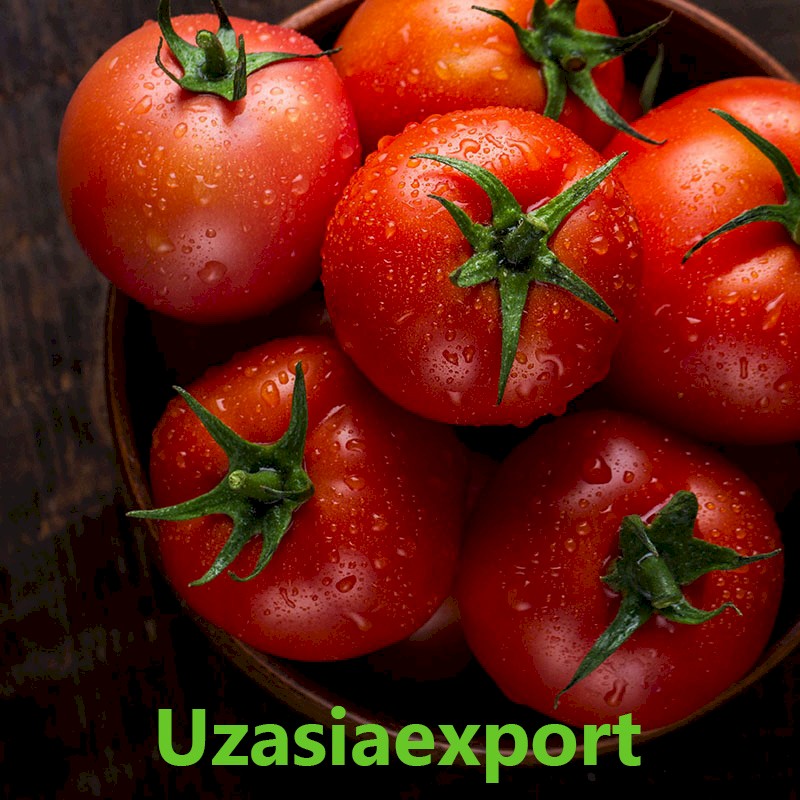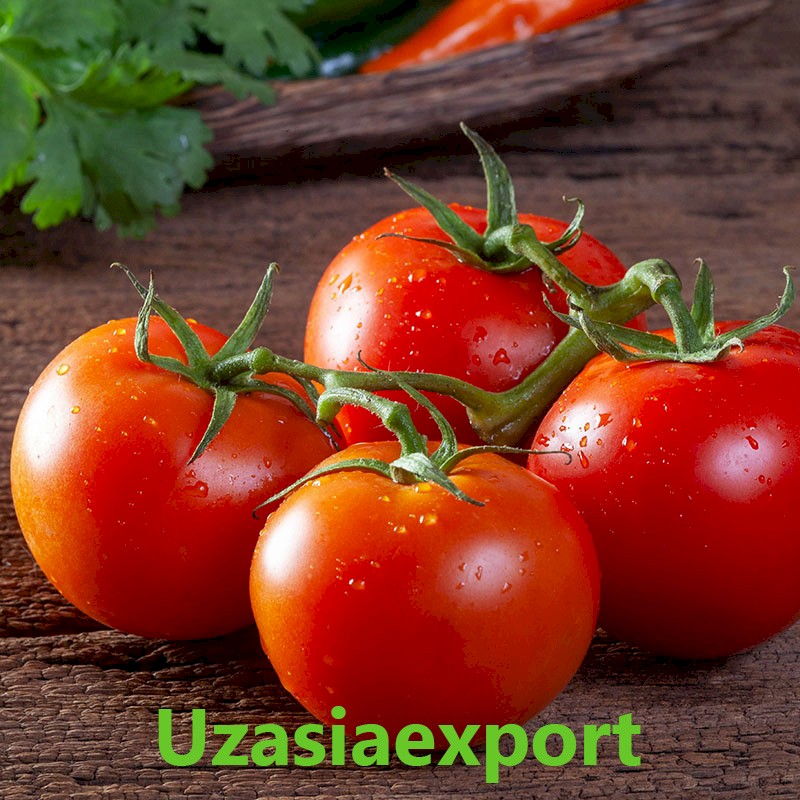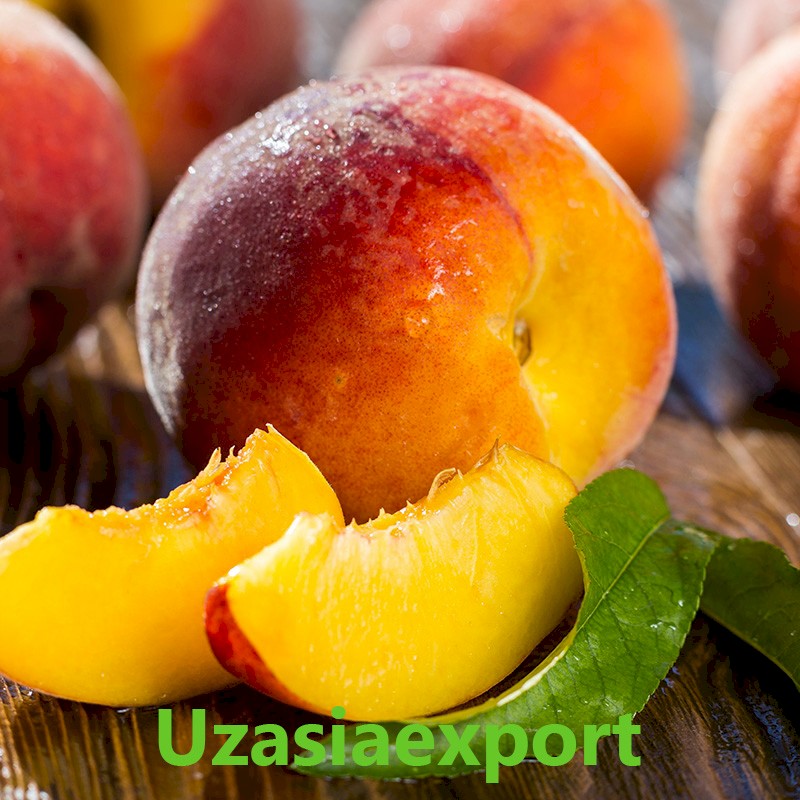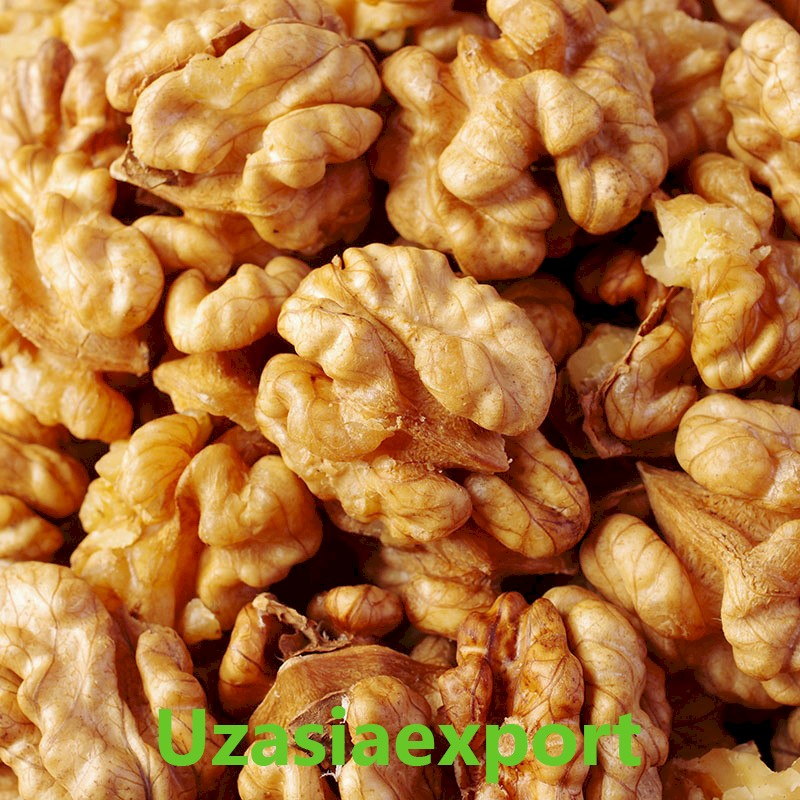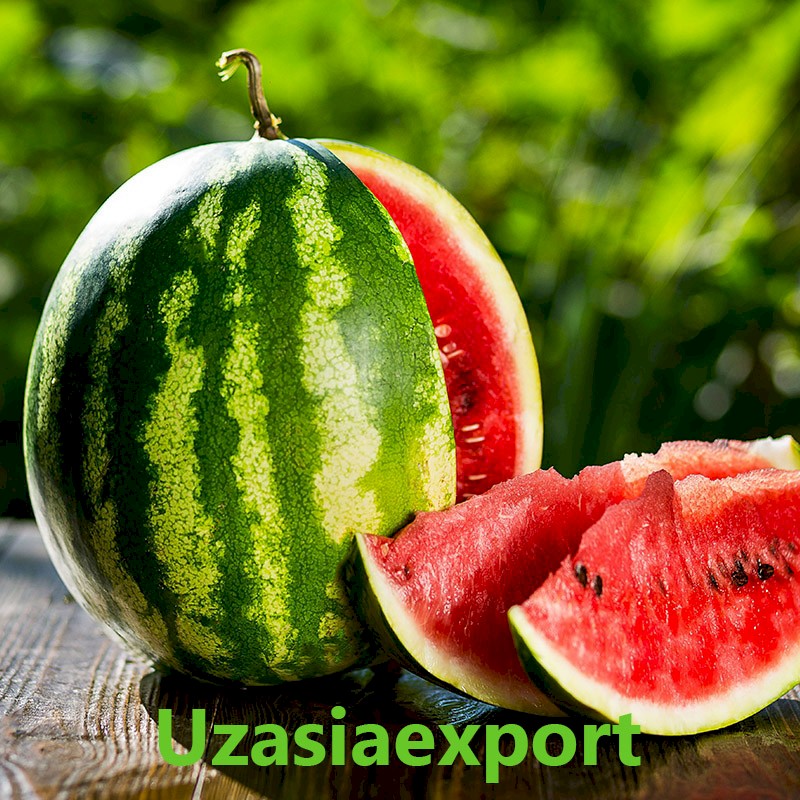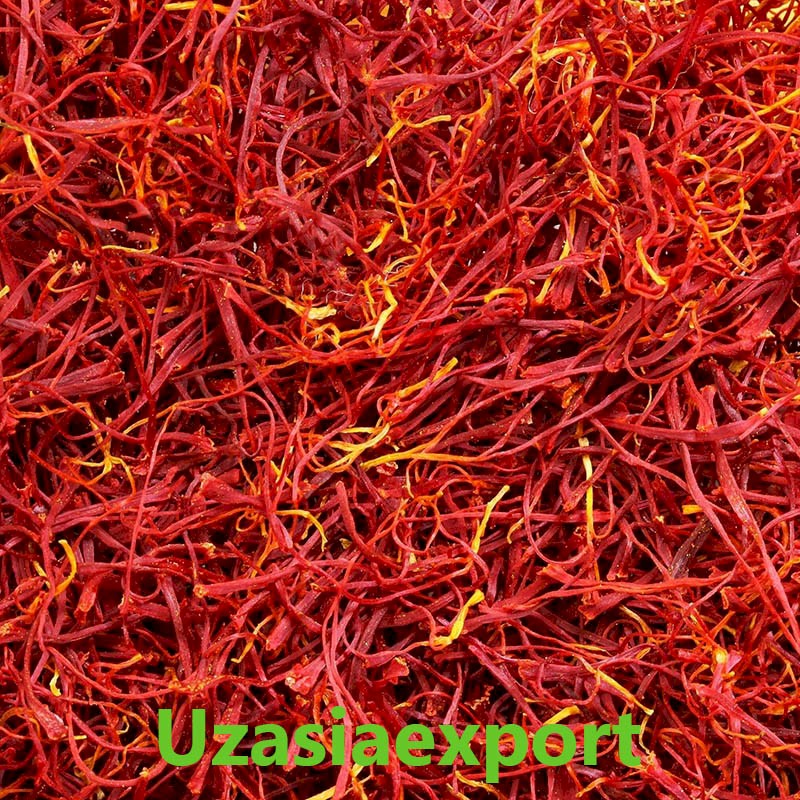Tomato
-
Product category: Vegetables
-
Species (Varieties): Bakhodir Sharq yulduzi TMK-22 Avicenna
Suppliers:0
Small description
Sweet juicy fruits seem to be filled with the sun of Uzbekistan, these tomatoes cannot be confused with anything - they have a thin peel, fleshy and juicy pulp, a unique taste and aroma, as well as a dense skin that ensures long-term storage. Grown in an ecologically clean area, without the use of pesticides, synthetic fertilizers and GMOs. The effective use of tomatoes is due to the presence in the fruit of a whole set of useful substances, vitamins and minerals necessary for the human body. Tomatoes contain tyramine, which improves mood and helps fight stress. In addition, tomatoes contain vitamins A, B2, B6, PP, E, K, fructose, minerals, iodine. Tomatoes are very low in calories.If you are watching your figure, you should definitely include this product in your diet.
Significance. It is one of the most important and valuable vegetable crops. Its ripe fruit is extremely tasty, dietary and contains various vitamins, mineral salts, organic acids and carbohydrates. The biochemical composition of tomato red fruit is as follows (relative to hull weight, %):
- Dry matter - 6.0-6.6
- Protein - 0.95-1.0
- Sugar- 4,0-5,0
- Oils - 0.2-0.3
- Cellulose - 0.8-0.9
- Ash - 0.6
- Organic (malic, citric) acids - 0.5
- Vitamin C (ascorbic acid) - 19-35 mg.%
- Carotene (provitamin A) - 0.2-2 mg.%
- Thiamine (V /) - 0.3-1.6mg.%
- Riboflavin (V2) - 1.5-6mg.%
However, the composition of tomato fruit is variable, it depends on factors such as crop navigation, fruit ripening level, harvest time, growing conditions and technology. The most sweet, high-quality, delicious, healing and high-calorie crop (215 calories per 1 kg of fruit) is grown here. Tomatoes are eaten fresh, pickled and marinated. It is an important raw material for the canning (processing) industry. Tomatoes are ripe when harvested and resistant to long storage. Therefore, the period of its consumption can be extended for another 1.0-1.5 months after harvest. Tomato puree, tomato paste, tomato juice (juice) made from boiled tomato juice are valuable food products. This is because vitamins are fully preserved in such tomato fruit products. We have ripe tomatoes dried in the sun and peeled. After processing the tomatoes, the remaining waste is used to obtain edible tomato oil, the seeds of which contain 17-29% of oil, and the pulp is used as feed and fertilizer for livestock.
Sowing period of tomatoes in the open field (40–45 days):
in the southern regions: in the 3rd decade of January, in the central regions in the 1st-2nd decade of February, in the northern regions in the 1st decade of March. 3rd decade of March for early-ripen varieties; 1st or 2nd decade of April for medium and late-ripen varieties; 1st ten days of May for late-ripen varieties; 3rd ten-days of March in open fields with seeds.
In the central regions 1st decade of April for early maturing varieties; 2nd or 3rd decade of April and 1st or 2nd decade of May for middle and late ripening; to the open fields with seeds 1st ten days of April.
In the northern regions 2nd decade of April for early-ripen varieties; for middle and late ripening ones from the 3rd ten days of April to the 1st ten days of May; It is recommended to sow the seeds in open ground in the 2nd decade of April.

Suppliers of this product
Shown 0 goods from 0
Hot deals
Popular products currently available



